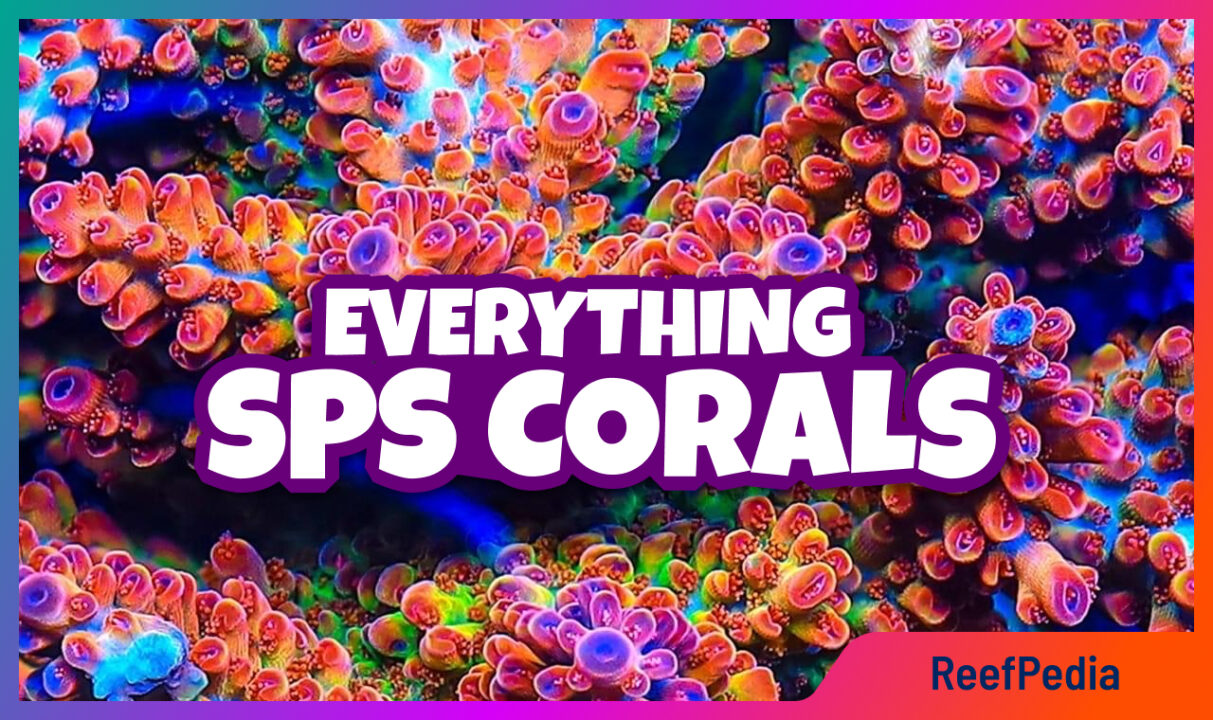Table of Contents
SPS corals – what you need to know
What are SPS corals? They are a type of hard corals, with the acronym standing for either Small Polyp Stony or Small Polyp Scleractinian.
Compared to LPS corals (Large Polyp Stony), SPS corals feature a high number of small polyps. Furthermore, they are less aggressive and possess a stony, calcareous skeleton covered by a thin layer of tissue. SPS corals come in various forms including branching, plate, and encrusting.
In this article, we will discuss key aspects of keeping hard corals in home marine aquariums. Let’s get started!
Water circulation and SPS corals
SPS corals require high water circulation. Moreover, stronger circulation allows them to acquire more nutrients and also enables them to cleanse more efficiently.
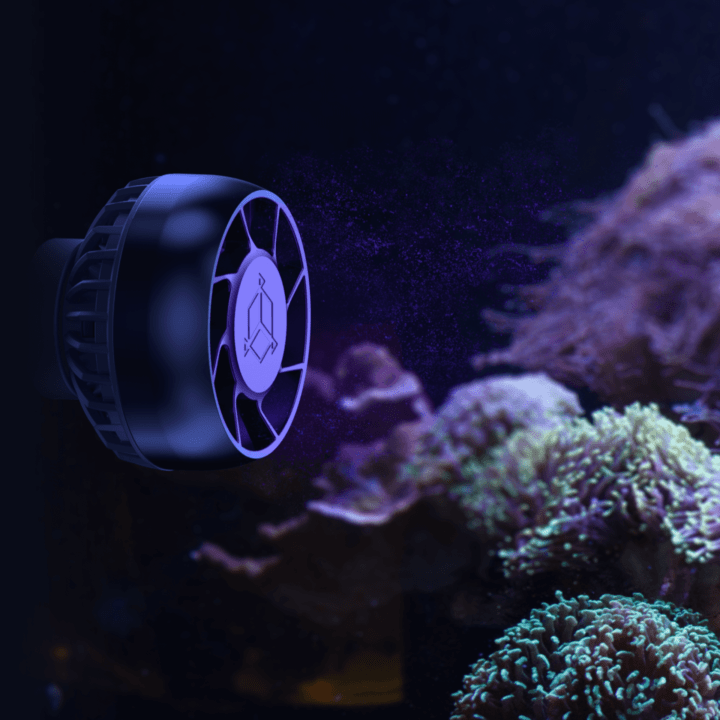
Lighting and SPS corals
SPS corals live in symbiosis with algae known as zooxanthellae, which require light to carry out the process of photosynthesis. Furthermore, the end result of this process is the production of energy, which the symbiotic algae transfer to the corals. Therefore, to ensure this process occurs correctly, we must provide the corals with high-quality light, which will allow them to reduce the amount of zooxanthellae. This reduction enhances their color, making it more vivid and distinct. Conversely, in the case of poor lighting, the coral increases its zooxanthellae, causing its coloration to become brownish.
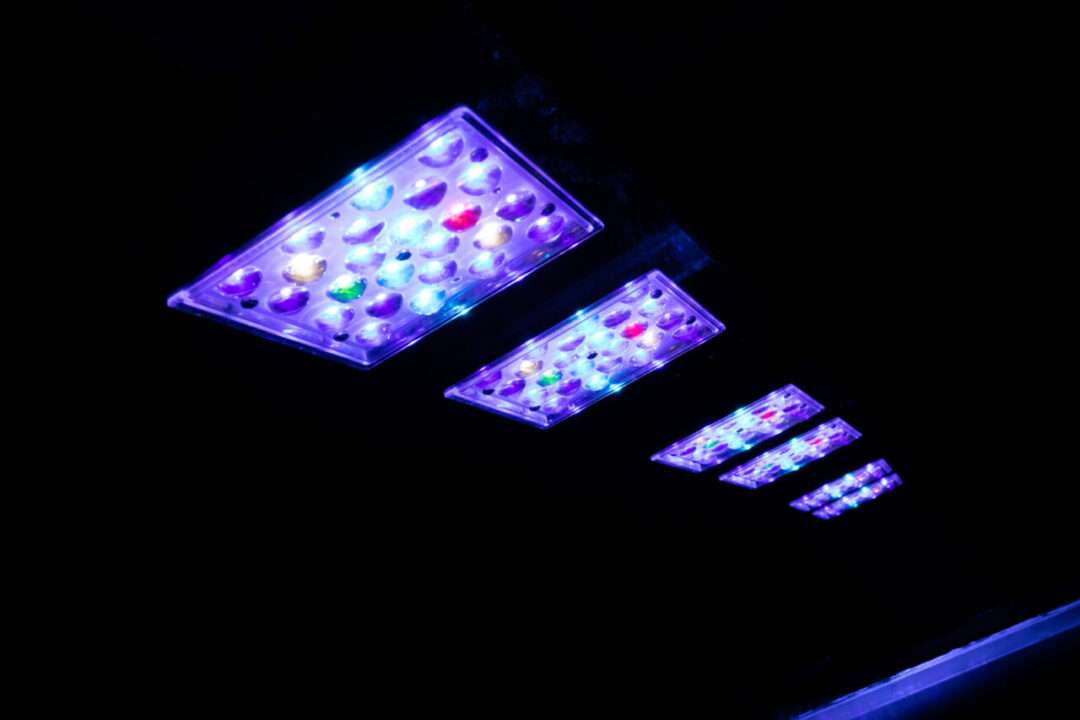
Clean water: The key to the health of SPS corals
SPS corals thrive in clean water, which is why the levels of NO3 and PO4 should be low. When cultivating SPS corals from the Acropora species, the recommended NO3 level is about 0.5-1 mg/l, and PO4 is 0.08 mg/l. Moreover, it is advisable to periodically use the appropriate amount of activated carbon, which is most often replaced every four weeks.
Stable water parameters
SPS corals require stable water parameters and are the most sensitive to fluctuations among all coral types. This means they not only prefer proper parameters within the normal range, but also require them to be maintained consistently. Of course, it is possible to alter a parameter, but this should be done gradually. Corals from this group, apart from being sensitive to temperature changes and salinity shifts, are also sensitive to KH and PO4 levels. Changes in calcium or magnesium levels do not impact them as much. Acropora corals can experience problems and begin to bleach if the KH level changes by even 1 dKH within a day. Regular testing and appropriate dosing of chemicals are necessary.
To maintain stable water parameters, we must divide this task into two parts: testing and dosing fluids.
Testing water parameters
- KH – 7-8 dKh
- Ca – 400-440 mg/l
- Mg – 1250-1450 mg/l
- PO4 – 0.06-0.08 mg/l
- NO3 – 0.5-2 mg/l
These elements can be tested with ordinary drop tests. KH, PO4 must be tested at least once a day. If the aquarium is stable, then Ca, Mg, NO3 can be tested 2/3 times a week. If we are not sure about the aquarium, we test KH and PO4 several times a day, and Ca, Mg and NO3 once a day.
Let’s remember that the parameters mentioned above are just the basis, which is not enough for SPS corals. We also need to ensure the appropriate level of other ingredients. To check the level of more elements, we can do an ICP-OES test. If we have a stable aquarium and we have established supplementation, then the ICP-OES test can be performed once a month. If we determine supplementation or there are problems, we should send water for analysis every one or two weeks.
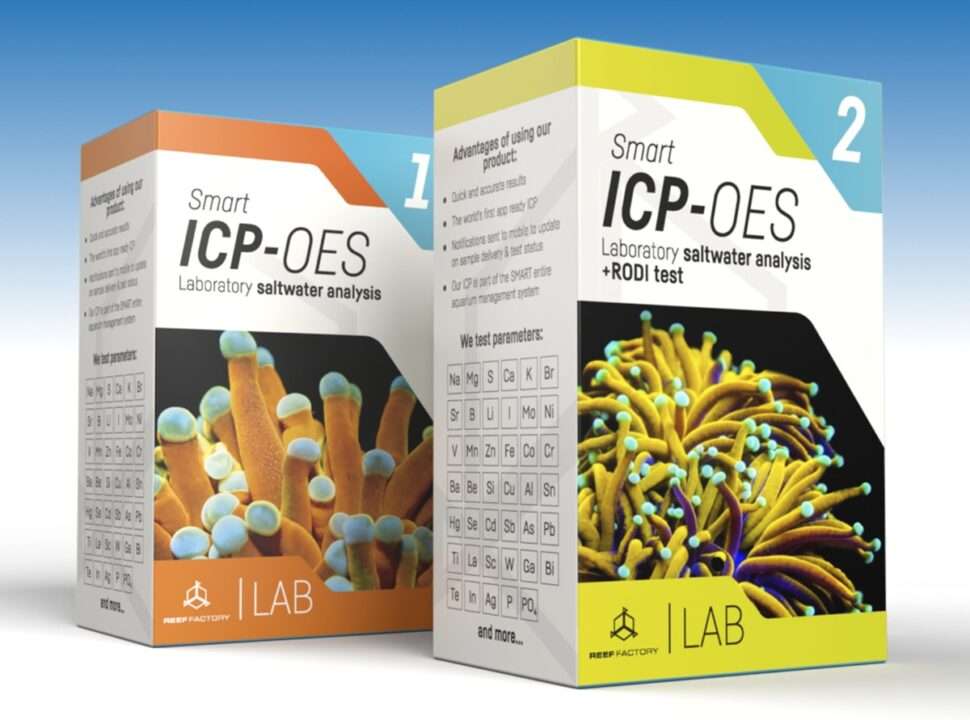
SPS corals and dosing
Once we have established the parameters and noted any drops in specific parameters, we set up the appropriate dosing regimen. The simplest method is to dose three components containing minerals. These components will contain many macro and microelements. The market offers one-, two-, or three-bottle components. I recommend the three-part preparations because they provide a much broader range of minerals.
I have participated in the development of such products and, during this process, we tested various versions from different manufacturers. Each one is based on a different vision regarding the product’s composition. However, I will leave this topic for a future article.
In my opinion, the simplest dosing method is the three-component system (we perform daily tests manually or with a KH keeper), maintaining KH, Ca, Mg at the appropriate levels. Periodically, we send out an ICP test and adjust the mineral dosages using dedicated products for specific elements.
It’s also worth mentioning that there are methods on the market that allow for significant automation. There are devices for testing and dosing specific elements. All you need to do is set the appropriate frequency of measurements in the app, and the dosing pumps will take care of the liquids, freeing us from the often cumbersome task of testing and dosing liquids for KH.
Water pollution absence
As I’ve mentioned before, maintaining stable water parameters is crucial. However, stable water parameters also mean the absence of pollution and overdoses. By conducting regular tests, including ICP, we can control these issues.
Water pollution is currently a major problem in marine aquariums. Our company offers ICP water testing services. In the future, I will create a statistic for you detailing how many aquariums, relative to the total number of tests sent, have had or are having problems with water contamination.
Many people are unaware that a silent killer lurks in their aquariums—equipment or metal components are contaminating their water. The effects of polluted water on SPS can be catastrophic. Exceeding certain values, some parameters will be lethal for corals. There can be many such parameters. For example, if your impeller is rusting and is made of brass (common in impeller construction), the water test may show excessive levels of copper, aluminum, zinc, tin, iron, manganese, and even lead or chromium. Each of these elements in excess will poison the animals. Of course, some are more toxic than others. On the other hand, different corals react more strongly to one element than another.
I promise to write a dedicated article for you and delve into the details of this topic. Look for it in the ReefPedia database.
I think it’s worth emphasizing once again that if you want to have beautiful SPS corals, you must ensure that there are no pollutants in your aquarium.
High, constant pH
All marine animals like a sufficiently high and constant pH of the water. However, in the case of SPS corals, this is a key issue. Many mineral absorption processes, or other metabolic processes, take place more efficiently at the right pH level. We can say that a pH between 8.2-8.4 will be ideal for keeping SPS hard corals.
If you’re having trouble getting your tank’s pH level right, check out these articles:
- How to raise pH in the marine aquarium
- Reasons of too low pH in the water
- The role of pH in a marine aquarium
- Why does pH dffer during the day and night
The most popular SPS corals
- Acropora (tenuis, microlados, echinata, loripes, granulosa, and many, many more),
- Montipora
- Seriatopora
- Stylophora
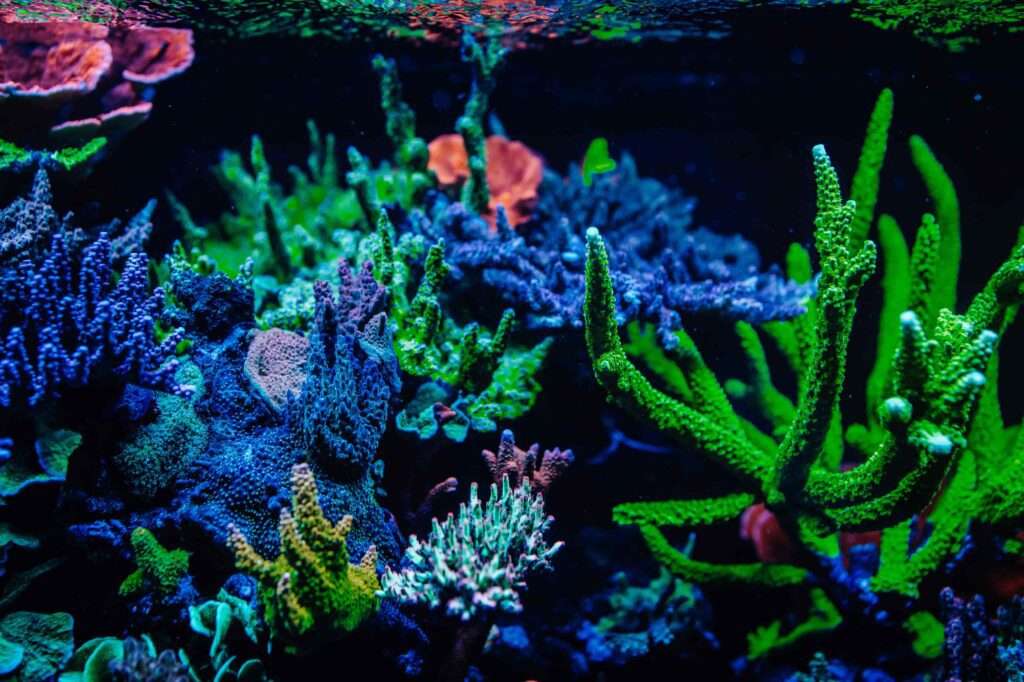
Summary
If you want beautiful SPS corals, you must take care of several important areas. Entering this world, you can start with simpler SPS corals such as Montipora, Seriatopora, or Stylophora, while saving the more sensitive Acroporas for later. It’s worth keeping SPS corals, not least because once you learn how to work with them, they will reward you with beautiful colors and rapid growth (of course, ‘rapid’ varies among different varieties).
Let’s talk about SPS on Social Reef! Feel free to discuss in a dedicated thread 🙂

About the author

Marek Protasewicz
Reefkeeping has been my passion for over 10 years now. I love learning. The hobby has taught me many valuable lessons, patience being the best example. Combining work and passion is my path. I run Crazy Coral, a marine aquarium shop, for a number of years. Building this business from the scratch I learnt from my own mistakes at a heavy cost.
Later I managed a project aimed at development of methods for quick growth of Corals in non-natural conditions. The project was carried out by Get Sales, Poland. Presently, I am responsible for distribution strategy at Reef Factory, of which I am a co-founder. The company produces smart devices for marine aquaristics. The last projects I have been involved in are Social Reef and ReefPedia.

